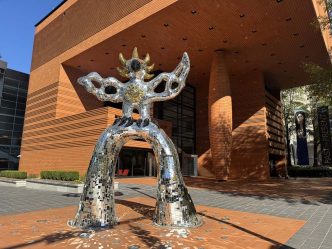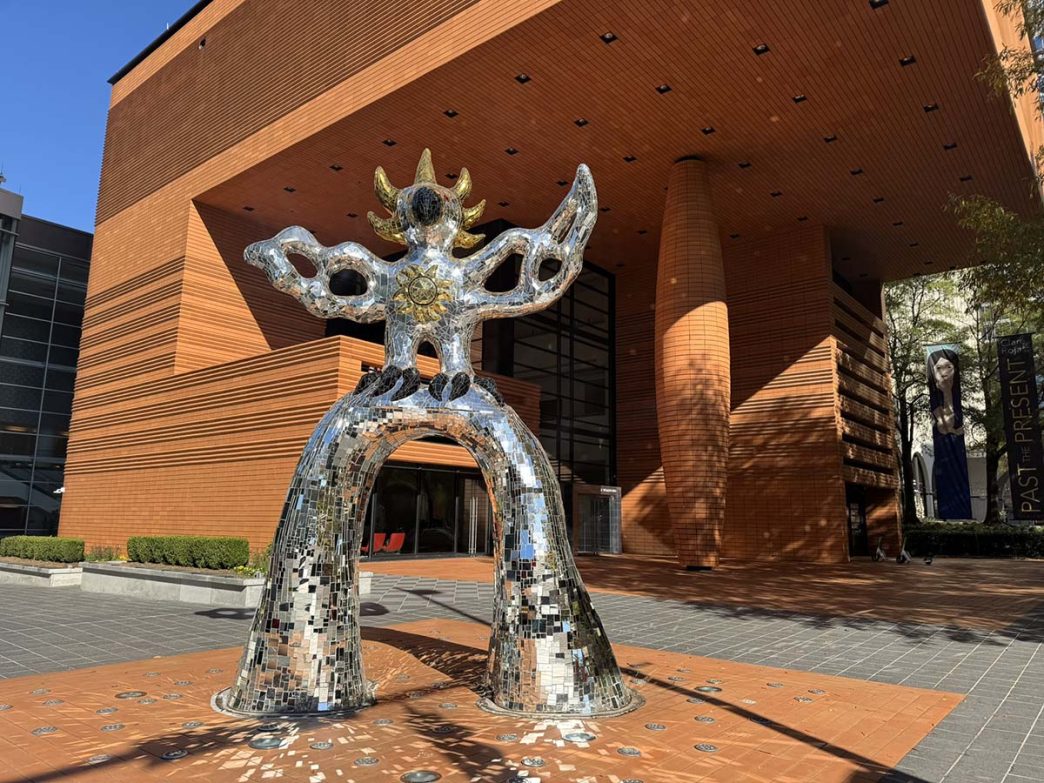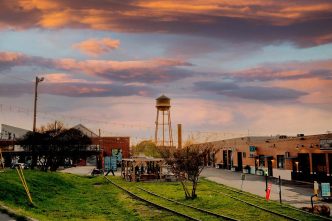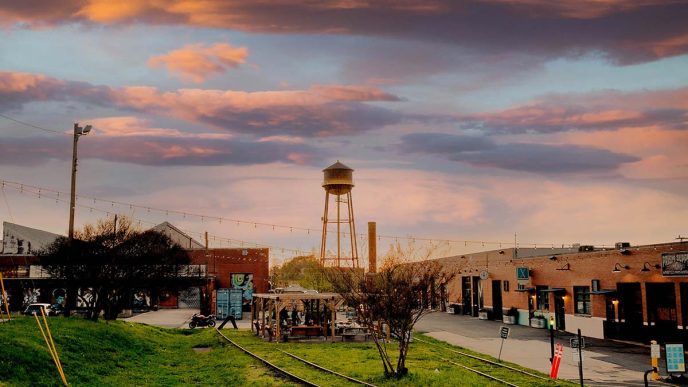Charlotte’s skyline is a tapestry woven from threads of history and innovation, where each building tells a story of resilience, growth, and transformation. Far from being a city frozen in time, Charlotte embraces its architectural heritage while continuously reimagining its urban landscape.
The Fourth Ward: A Living Museum of Victorian Elegance
The Fourth Ward Historic District stands as a testament to Charlotte’s 19th-century architectural splendor. Walking through its tree-lined streets is like stepping into a carefully preserved time capsule. Victorian-era homes, with their intricate woodwork, wrap-around porches, and ornate details, showcase the craftsmanship of a bygone era.
The Hezekiah Alexander Homesite, dating back to 1774, represents the oldest surviving house in Mecklenburg County. This rustic stone house is more than just a building—it’s a tangible connection to Charlotte’s earliest days, offering visitors a glimpse into the life of one of the city’s pioneering families.
Rocking Chair Row: Memories of Bygone Prosperity
In the heart of downtown, what was once known as “Rocking Chair Row” preserves a unique slice of Charlotte’s commercial history. These early 20th-century commercial buildings, with their distinctive brick facades and ornate cornices, tell the story of a growing city’s economic ambitions. While many have been repurposed into modern businesses, they retain their original architectural character, bridging past and present.
The Duke Mansion: Gilded Age Grandeur
Built in 1915, the Duke Mansion in the Myers Park neighborhood represents the pinnacle of early 20th-century Southern architectural elegance. More than just a historic home, it’s a carefully preserved landmark that showcases the architectural and social history of Charlotte’s most prominent families. The Georgian Revival style, with its symmetrical design and classical details, speaks to an era of southern aristocratic refinement.
Preservation Challenges and Triumphs
Preserving historical architecture is no simple task. Charlotte has navigated a delicate balance between development and conservation. The Charlotte-Mecklenburg Historic Landmark Commission plays a crucial role, working to protect and celebrate the city’s architectural heritage while allowing for necessary urban growth.
Some notable preservation efforts include:
- Adaptive reuse of historic buildings, transforming them into modern spaces while maintaining their original character
- Strict guidelines for renovations in historic districts
- Community education programs about architectural heritage
- Restoration projects that bring neglected buildings back to life
Architectural Diversity: More Than Just Southern Charm
Charlotte’s architectural heritage is remarkably diverse. From the Art Deco influences of early 20th-century downtown buildings to the antebellum homes in surrounding areas, the city’s buildings reflect a complex historical narrative. African American historical sites, like the Excelsior Club, add crucial layers to the city’s architectural and cultural story.
The Impact of Preservation
Preserving historical landmarks is about more than maintaining old buildings. It’s about:
- Maintaining cultural identity
- Supporting local tourism
- Providing educational opportunities
- Creating a sense of community connection
- Offering architectural inspiration for future designs
Notable Landmarks to Explore
Visitors and locals alike should not miss these architectural gems:
- The Mint Museum Randolph
- The Hearst Tower
- First Presbyterian Church
- The Carolina Theatre (now renovated)
Looking to the Future
Charlotte continues to evolve, with modern architectural marvels rising alongside historic structures. The city demonstrates that progress and preservation are not mutually exclusive. Each new building becomes part of the ongoing narrative, adding another layer to Charlotte’s architectural story.
Modern architects and developers increasingly draw inspiration from historical designs, creating new structures that respect and reflect the city’s rich architectural heritage. It’s a dynamic conversation between past and present, with each building playing a part in Charlotte’s ongoing transformation.
In Charlotte, history isn’t just preserved—it’s celebrated, lived, and continually reimagined.











